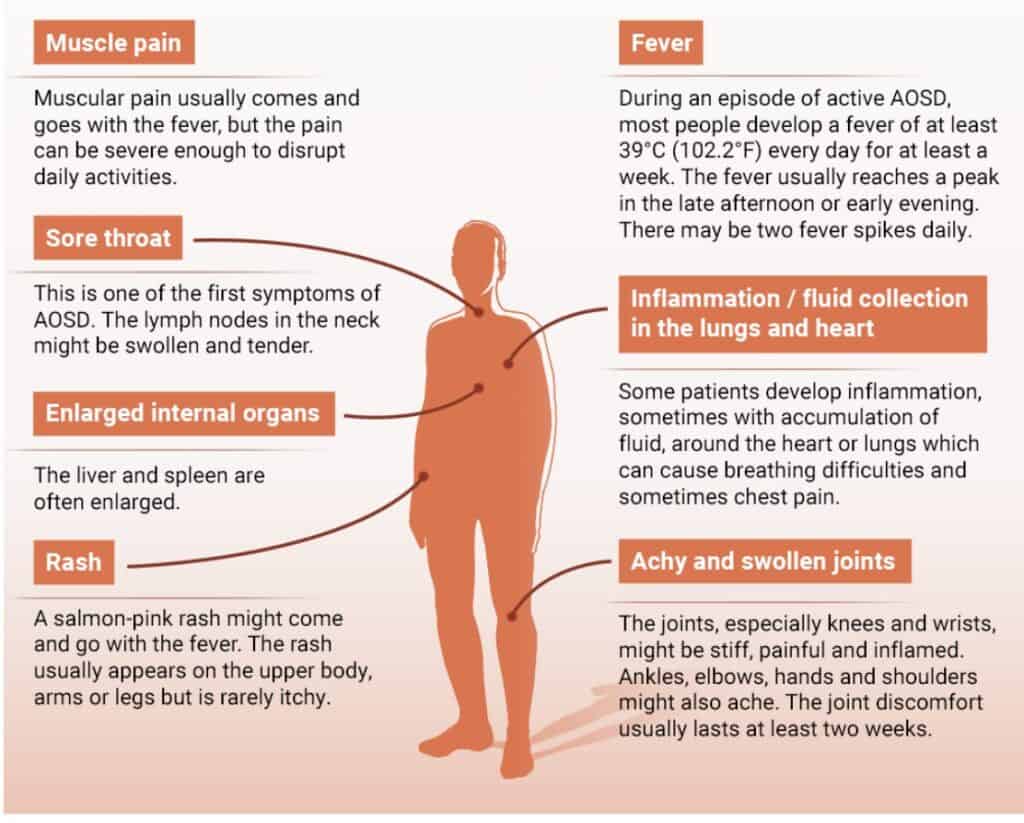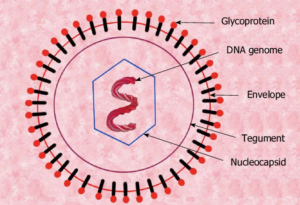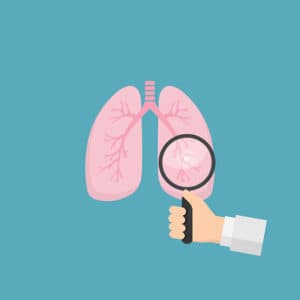Still’s disease in adults is a rare form of inflammatory arthritis that causes fevers, rashes, and pain in the joints. It is also called Adult-onset Still’s Disease (AOSD). Some adults with Still’s disease only have one attack. In some people, the problem stays or comes back.
This inflammation can damage joints, especially the ones in the wrists. Medications like prednisone that help control inflammation are used to treat the condition.
Signs and symptoms of still's disease
Joint pain, high fevers, a salmon-colored macular or maculopapular rash, enlarged liver and spleen, swollen lymph nodes, and an increase in the number of neutrophils in the blood are all common symptoms of the disease. Anti-nuclear antibodies and rheumatoid factor tests are usually negative, and serum ferritin is very high. Patients with adult-onset Still’s disease who have a flare-up usually feel very tired, have swollen lymph nodes, and, less often, fluid builds up in their lungs and heart. In rare cases, AOSD can lead to life-threatening complications like hemophagocytic lymphohistiocytosis, IVDC, and fulminant hepatitis, as well as disabling conditions like aseptic meningitis and sensorineural hearing loss.

Causes
No one knows what causes AOSD (idiopathic). Researchers think that the disorder might be caused by a mix of genetic factors and an abnormal or overly strong response to infections or other environmental exposures. AOSD is not passed down from parent to child, and it does not usually run in families.
Some researchers think that AOSD is an inflammatory syndrome that happens on its own. Autoinflammatory syndromes are a group of diseases that cause inflammation to happen over and over again. This is caused by a problem with the innate immune system, which is the immune system’s first line of defense. They are not the same as autoimmune disorders, in which the immune system’s second line of defense, the adaptive immune system, goes wrong and attacks healthy tissue instead of harmful ones.
Researchers also think that AOSD may be caused by cytokines, which are proteins that change the way the immune system works. Interleukin-1 (IL-1) is a cytokine that is known to control how cells respond to inflammation. It may play a role in the development of the disease because some people with AOSD have abnormal clinical findings related to IL-1. Because of this, therapy with a drug that stops IL-1 from doing its job is being looked into (see Investigational Therapies below). Other cytokines, such as interleukin-6 (IL-6), IL-18, and tumor necrosis factor-alpha (TNF-alpha), are also thought to contribute to the development of AOSD and could therefore be treated.
Diagnosis
There is no one test that your doctor can do to make sure you have Still’s disease. Instead, they’ll find out things by:
- How you feel
- Exams of the body
- Check your blood to see if you have other problems, such as an infection or cancer.
- Getting an ultrasound of your belly
- CT scan X-ray
- Imaging tests like ultrasounds, X-rays, and CT scans can help your doctor see if the disease has hurt any of your organs.
Treatment
- For AOSD, doctors can choose from a number of different treatments.
- Nonsteroidal anti-inflammatory drugs (NSAIDs) can help ease the pain and swelling caused by AOSD.
- Long-term use of corticosteroids to treat inflammation is possible, but they can have side effects.
- Methotrexate is often given with corticosteroids because it makes it possible to use lower doses of corticosteroids.
- Biologics can be given to target and block substances in the body that cause inflammation.
- Some doctors will tell you to take more than one drug to keep the condition in check. In long-term cases, you may need to keep taking your medicine even after your symptoms go away. This is done to keep inflammation under control and keep joints and other organs from getting worse. 2,4
- If you talk to your doctors and specialists well, you’ll be able to understand your diagnosis and the treatment options available to you better.
Complications
- Most of the problems that come up with adult Still’s disease are caused by the joint inflammation that is a sign of the disease.
- Joint damage: Joint inflammation that lasts for a long time can hurt the joints. The knees and wrists are the ones that hurt the most. Less often, it can also happen to other joints.
- Inflammation of the heart: The disease can cause inflammation of the sac-like covering of the heart (pericarditis) or the muscles of the heart (myocarditis).
- Extra fluid around the lungs: The inflammation can spread to the area around the lungs and cause fluid to build up, making it hard to breathe or take deep breaths.



